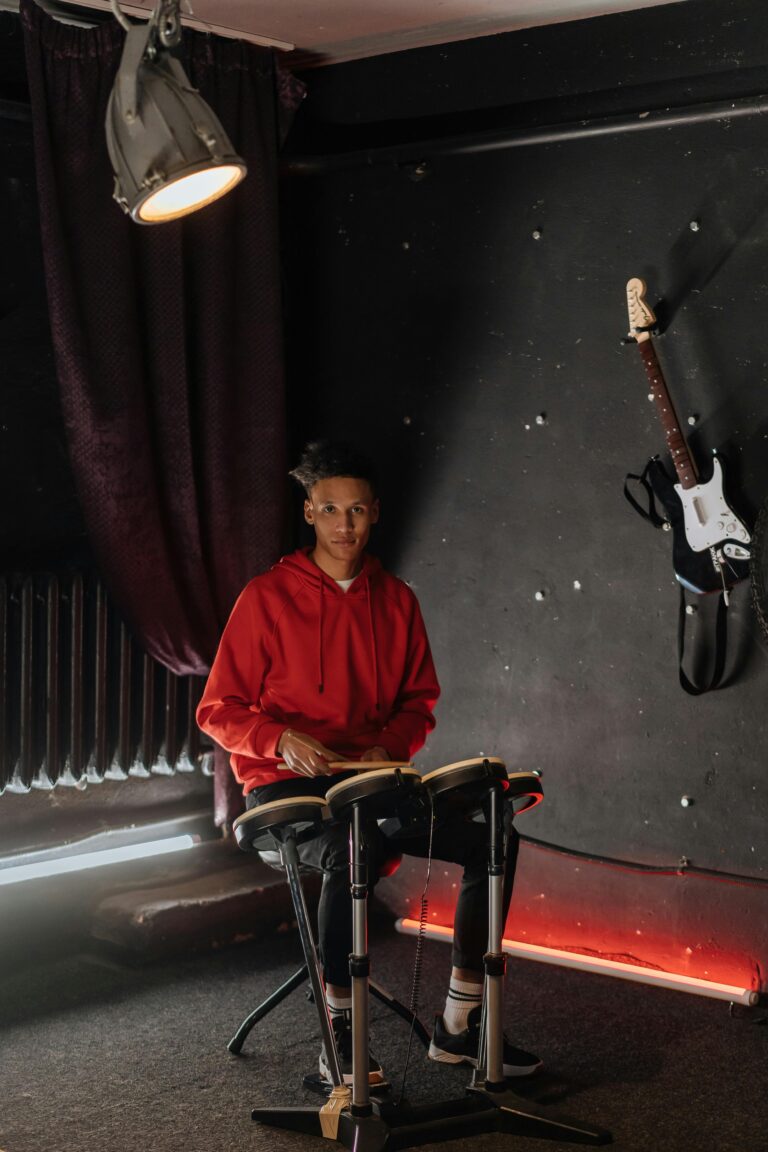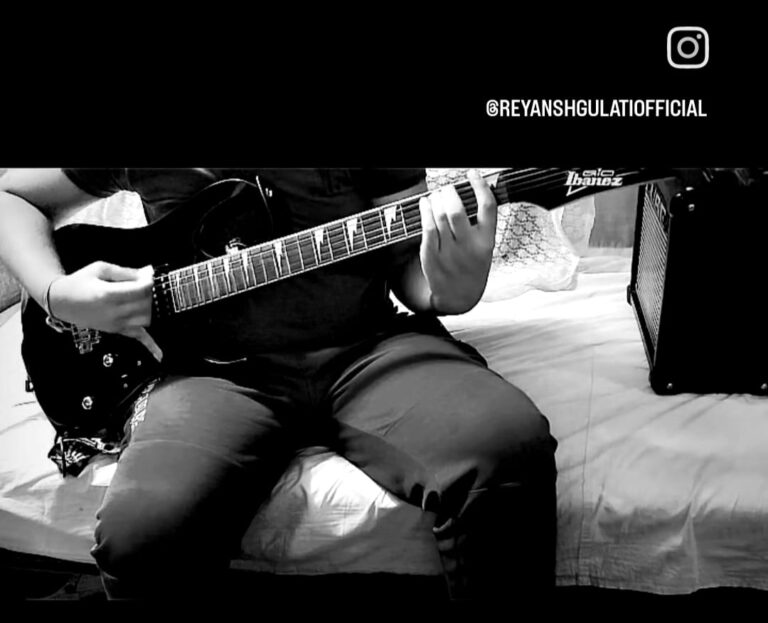Discovering the Melodies of the World: 5 Types of Flutes You Should Know

WHAT IS FLUTE?
The flute, one of the oldest known musical instruments, has enchanted listeners for centuries with its ethereal and expressive sound. While many people are familiar with the silver-toned Western concert flute, the world of flutes is far more diverse and rich in history.
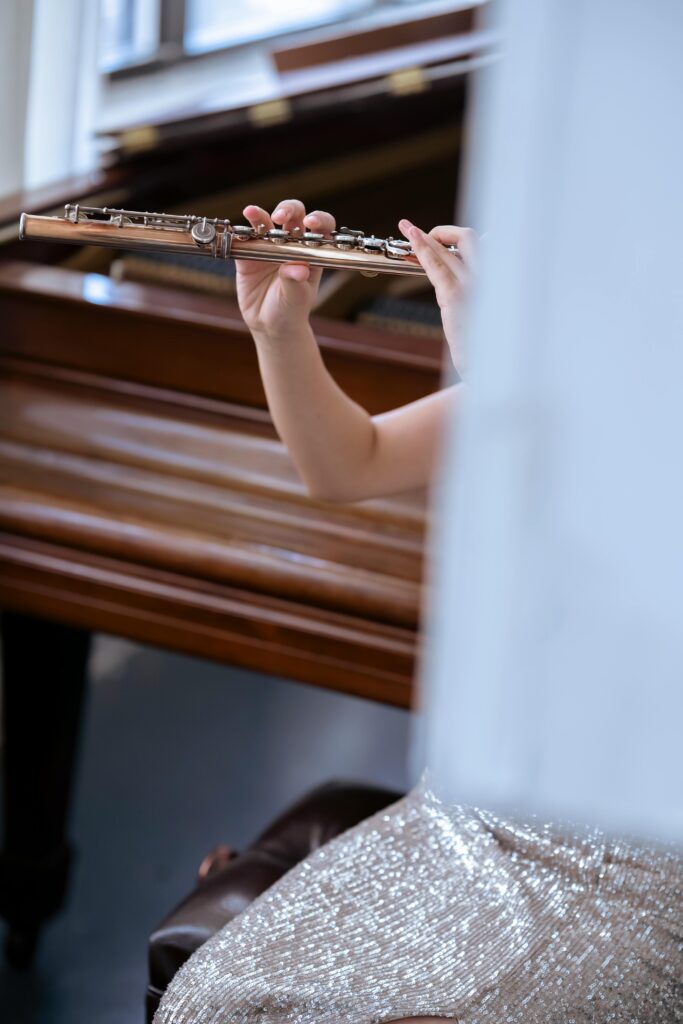
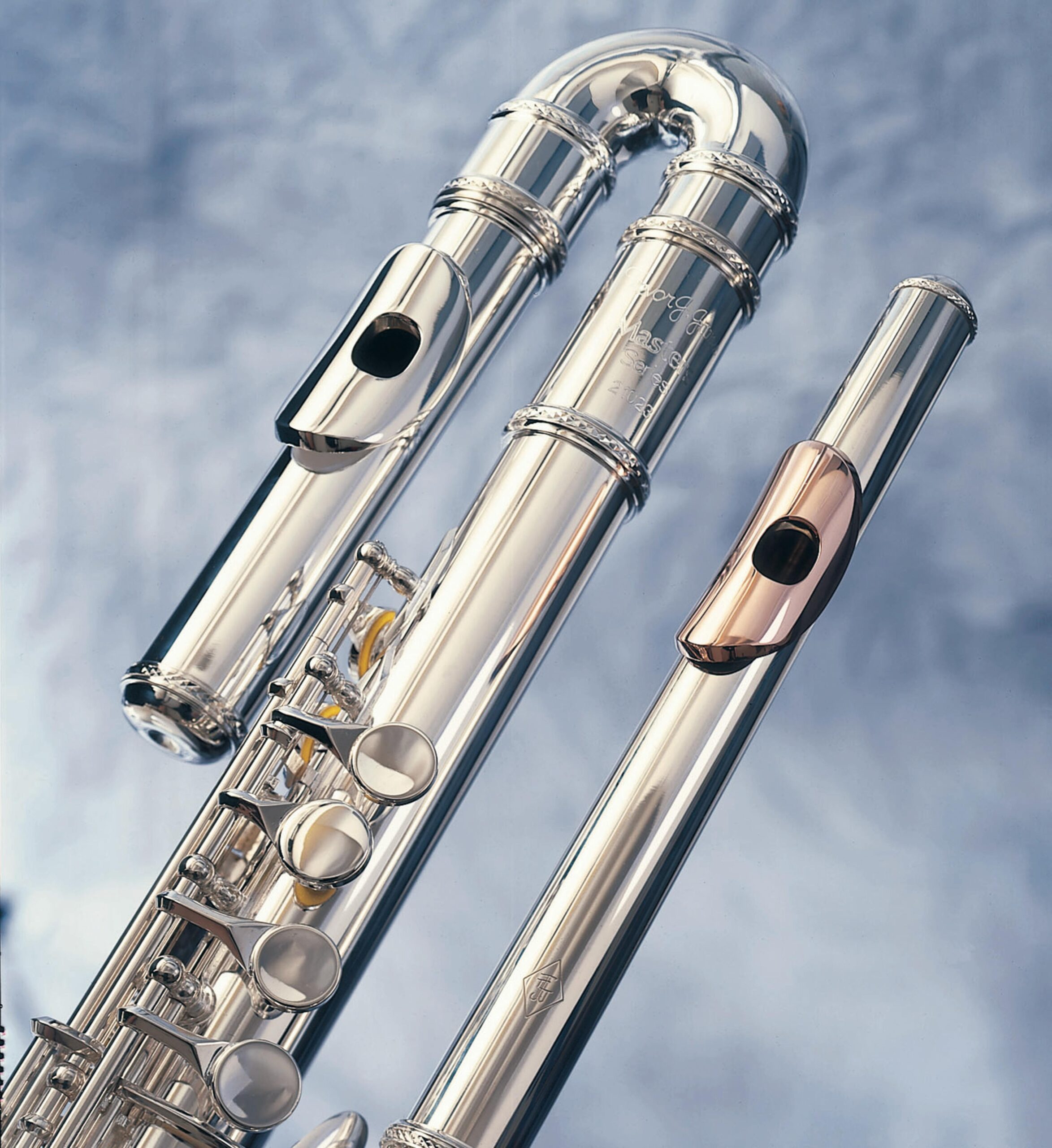
1. The Concert Flute (Western Concert Flute)
Origin: Western Europe
Material: Metal (usually silver, gold, or nickel-silver)
Type: Transverse (side-blown)
The Western concert flute is the most widely known member of the flute family, particularly in classical music and modern Western music. It is a transverse flute, held horizontally and blown across a side tone hole. The majority of contemporary concert flutes are constructed from metal, providing them with a clear, bright tone, although student-level models might be constructed of nickel or silver-plated brass.
With a typical range of C4 to C7, the concert flute is wonderfully versatile. It appears in a great variety of ensembles—symphony orchestras, wind bands, chamber ensembles, and jazz combos. Its expressive range places it aptly for anything from ethereal, airy melody to aggressive, virtuosic passages.
What distinguishes the concert flute is not its range or build but its versatility. It has been a mainstay of classical music from the Baroque period to the 21st century and still finds renewed relevance in pop, jazz, and even rock music
2. The Piccolo
Origin: Europe
Material: Wood or metal
Type: Transverse
The piccolo, which is Italian for “small,” is just what it says it is—a small version of the concert flute. It has a range of one octave higher than the concert flute, usually from D5 to C8, and is thus the highest-pitched instrument in the woodwind family. The piccolo is small in size but can project its shrill sound above even the largest orchestras and marching bands.
Originally constructed of wood, the piccolo of today is often built of metal or a mix of plastic and wood. It‘s often utilized to provide brightness and glitter to textures in orchestras, particularly in dramatic or energetic material.
While difficult to play because of its limited embouchure and upper register, the piccolo is cherished for its piercing timbre and dramatic impact. From the lofty high notes in Tchaikovsky’s symphonies to the quick march tunes in John Philip Sousa‘s marches, the piccolo is at once strong and whimsical.
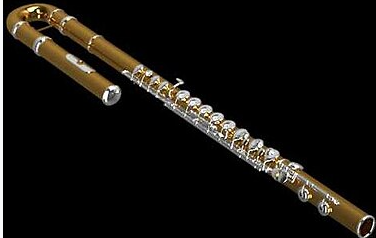

3. The Alto Flute
Origin: Western Europe
Material: Metal (usually silver or nickel-silver)
Type: Transverse
The alto flute is larger and deeper than the concert flute, but pitched in G rather than C. It ranges from G3 to G6 and has a richer, warmer sound. The alto flute has a straight or curved head joint and is longer and heavier than the regular concert flute.
Although not as common, the alto flute is essential in particular orchestral and chamber music ensembles. It came into prominence in the early 20th century, with composers Debussy and Ravel, who valued its timbre. Today, it’s also employed in film scores and ambient music for its haunting, warm quality.
Musicians are attracted to the alto flute because of its emotional richness and understated beauty. It will not climb as high as the piccolo or trill as brightly as the concert flute, but it provides a depth of richness to any musical combination.
4. The Pan Flute (Panpipes)
Origin: Ancient Greece, South America
Material: Bamboo, reed, or wood
Type: End-blown
The pan flute is one of the oldest known wind instruments, with forms appearing in ancient Andean, Romanian, and Greek cultures. It is made up of several pipes of different lengths, each playing a different note when blown across the top. The pipes are normally placed in a row or slightly bent formation.
The pan flute is also specifically related to Andean music of nations such as Peru, Bolivia, and Ecuador. There, it is called the zampona and generally played in ensembles with drums and string instruments.
Every pipe on a pan flute plays one note, so melodies are produced by sliding the instrument or the head rapidly between pipes. The music is soft and ethereal, perfect for folk songs and lyrical phrases.
The appearance of a pan flute can be different across cultures but the essence remains the same—a straightforward yet expressive means to tune into nature and roots through music.
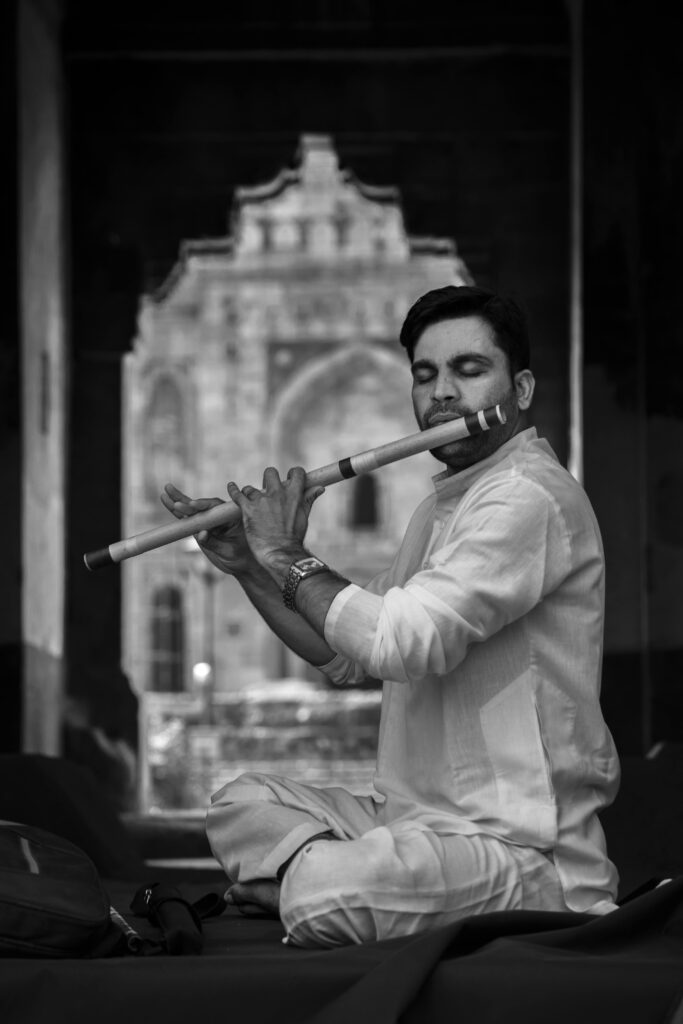

The Bansuri (Indian Bamboo Flute)
Origin: India
Material: Bamboo
Type: Transverse
The bansuri is a traditional Indian bamboo flute with roots tracing back over 2,000 years. It is deeply embedded in Indian classical music and Hindu mythology—Lord Krishna, the divine lover and shepherd, is often depicted playing a bansuri. It is a side-blown flute, typically crafted from a single piece of bamboo and features 6 or 7 finger holes.
The bansuri comes in different sizes and pitches, with some spanning over three octaves. Its sound is soft, earthy, and breathy, allowing for intricate ornamentation and microtonal nuances essential to Indian classical music. More than just a musical instrument, the bansuri is a symbol of peace and devotion. Its soulful sound has captivated audiences across Asia and now increasingly appears in fusion and world music compositions. It’s a perfect example of how a simple piece of bamboo can produce complex and deeply emotional music.
🛠️ Construction & Design
1) Material: Traditionally made from a single hollow bamboo tube.
2) Finger Holes: Usually 6 to 7 holes, though some modern versions have 8 for extended range.
3) Blowing Style: Side-blown (transverse)—the player blows across a notch near one end.
4) Length & Tuning:
Shorter bansuris = higher pitch
Longer bansuris = deeper, more resonant tone
Common tunings include E, F, G, and C, depending on musical needs
There are two main types:
1) Hindustani Bansuri: Used in North Indian classical music, usually longer, deeper sounding.
2) Carnatic Flute: Used in South Indian music, with more finger holes and slightly different playing technique.
🤔 Why Is Bansuri Special?
1) Unlike keyed Western flutes, the bansuri is fully open-hole, allowing for continuous pitch variation, crucial in Indian music.
2) It represents the union of simplicity and emotional depth—just a piece of bamboo, yet capable of deeply moving melodies.
3) It’s both an accessible beginner instrument and a virtuosic tool for experienced players.
Conclusion
The flute is not a single instrument, but a worldwide family of voices that cuts across continents, cultures, and centuries. From the dazzling flash of the piccolo to the earthy drone of the bansuri, and the primeval sounds of the pan flute, each form of flute contributes its personality and history to the world stage.
Whether performer or audience member, discovering these five flutes is an adventure into the very essence of music-making. They are a reminder that though music comes in many shapes, its ability to move, inspire, and bring us together is everywhere.
So the next time you catch the flutter of notes from the flute, pause for a moment to wonder where it may be from—and what it’s trying to say.
| Flute Type | Origin | Material | Blowing Style | Pitch Range | Tone Quality | Typical Use |
|---|---|---|---|---|---|---|
| Concert Flute | Western Europe | Metal (silver, gold, nickel) | Side-blown (transverse) | C4 – C7 | Bright, clear, flexible | Classical, jazz, pop, orchestral |
| Piccolo | Europe | Wood or metal | Side-blown (transverse) | D5 – C8 (1 octave higher) | Shrill, piercing, brilliant | Marching bands, orchestras |
| Alto Flute | Western Europe | Metal | Side-blown (transverse) | G3 – G6 | Warm, mellow, rich | Chamber music, orchestras, film scores |
| Bansuri | India | Bamboo | Side-blown (transverse) | Varies (2–3 octaves) | Breathier, earthy, expressive | Indian classical, devotional, fusion |
| Pan Flute | South America, Greece | Bamboo, wood, reed | End-blown | Varies by tube length | Soft, haunting, lyrical | Folk music, traditional Andean music |
Have questions or want help choosing the right harmonium?
Feel free to leave a comment or reach out—we’re here to help guide your musical path!
Lorem ipsum dolor sit amet, consectetur adipiscing elit. Ut elit tellus, luctus nec ullamcorper mattis, pulvinar dapibus leo.
